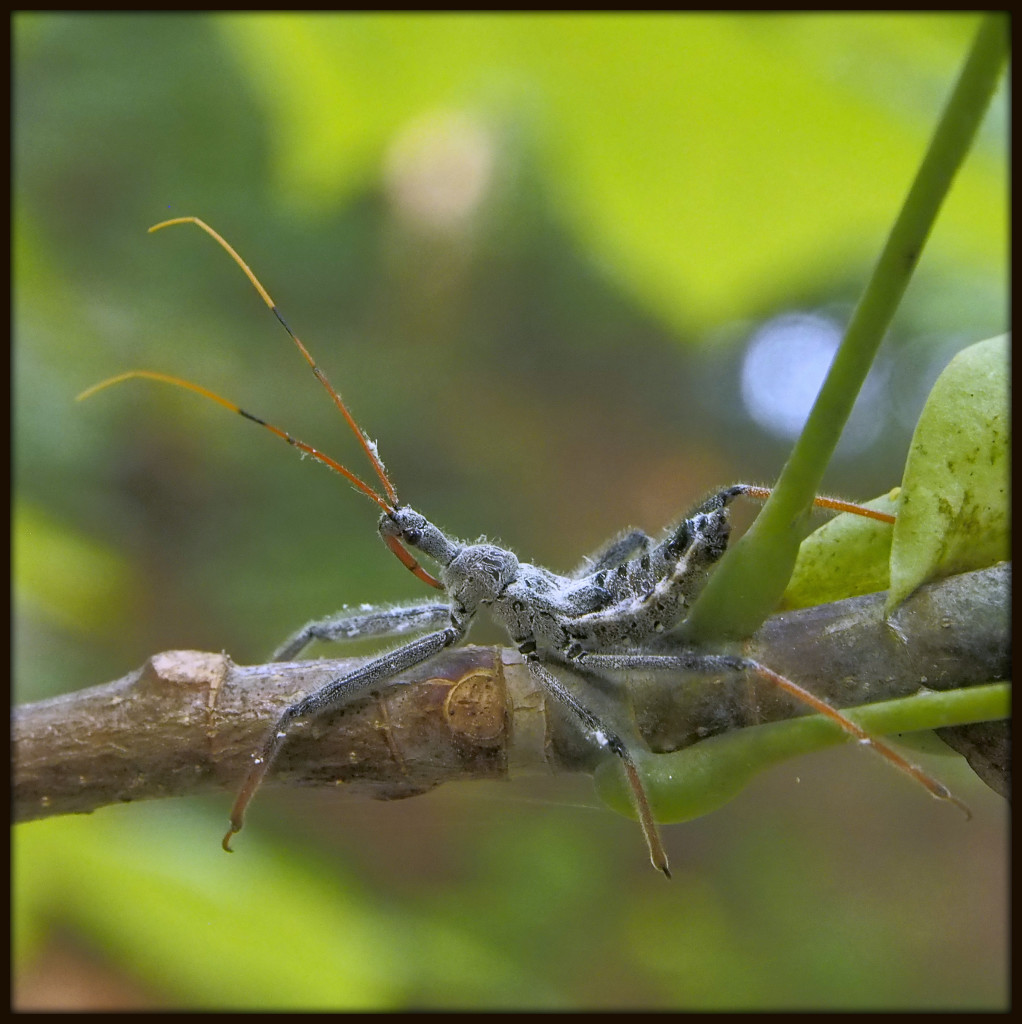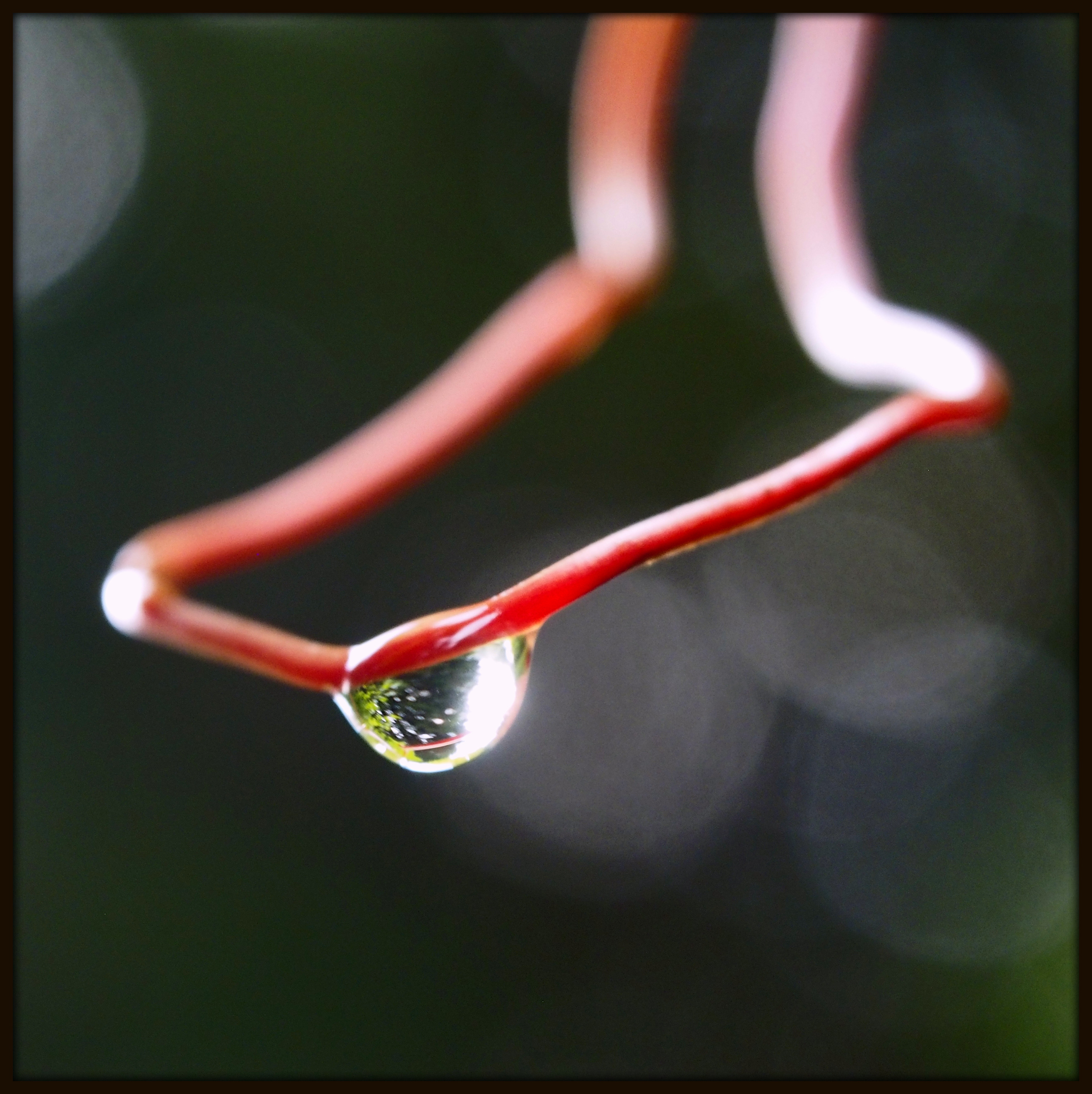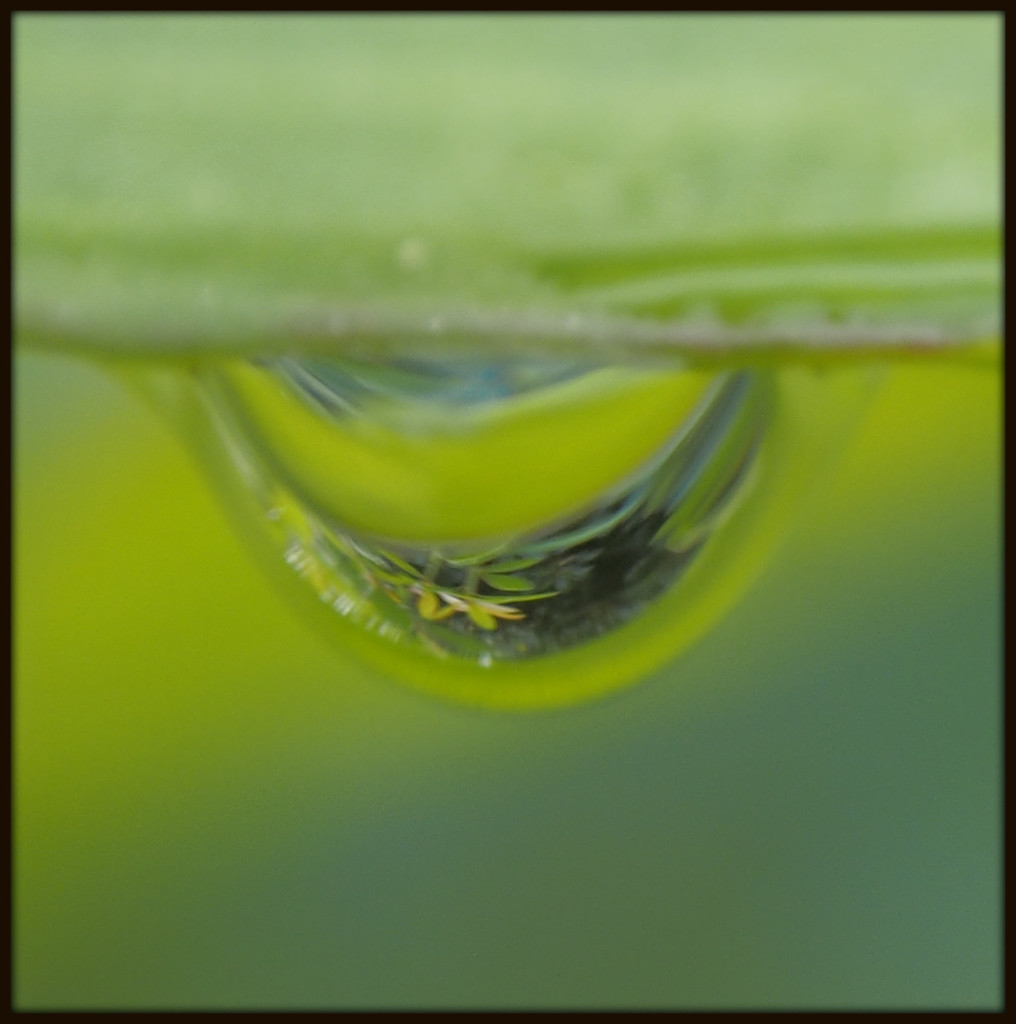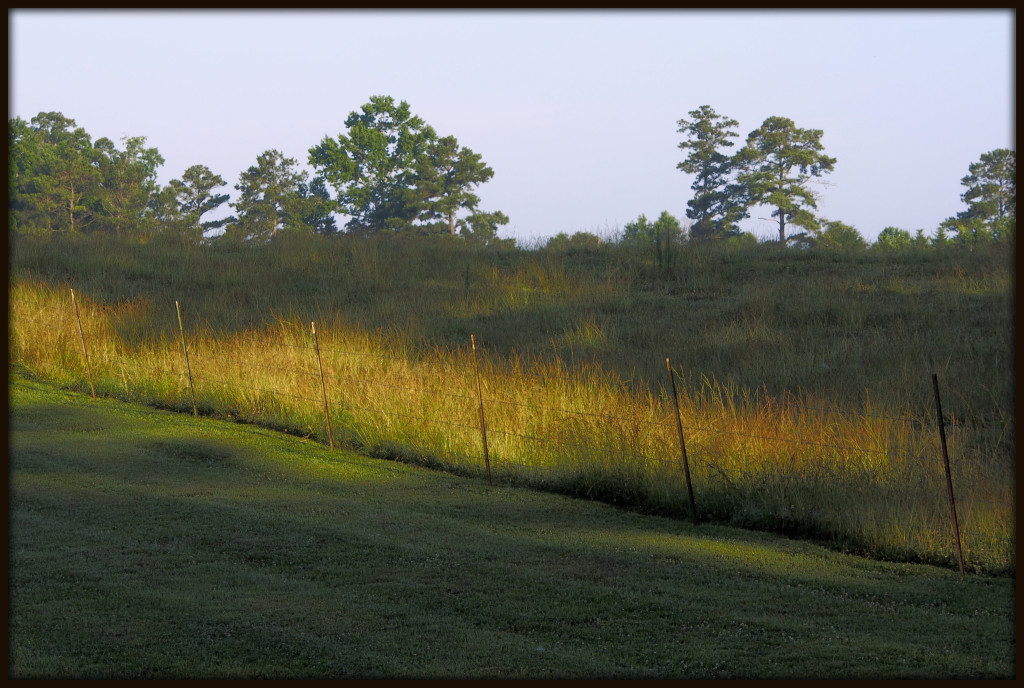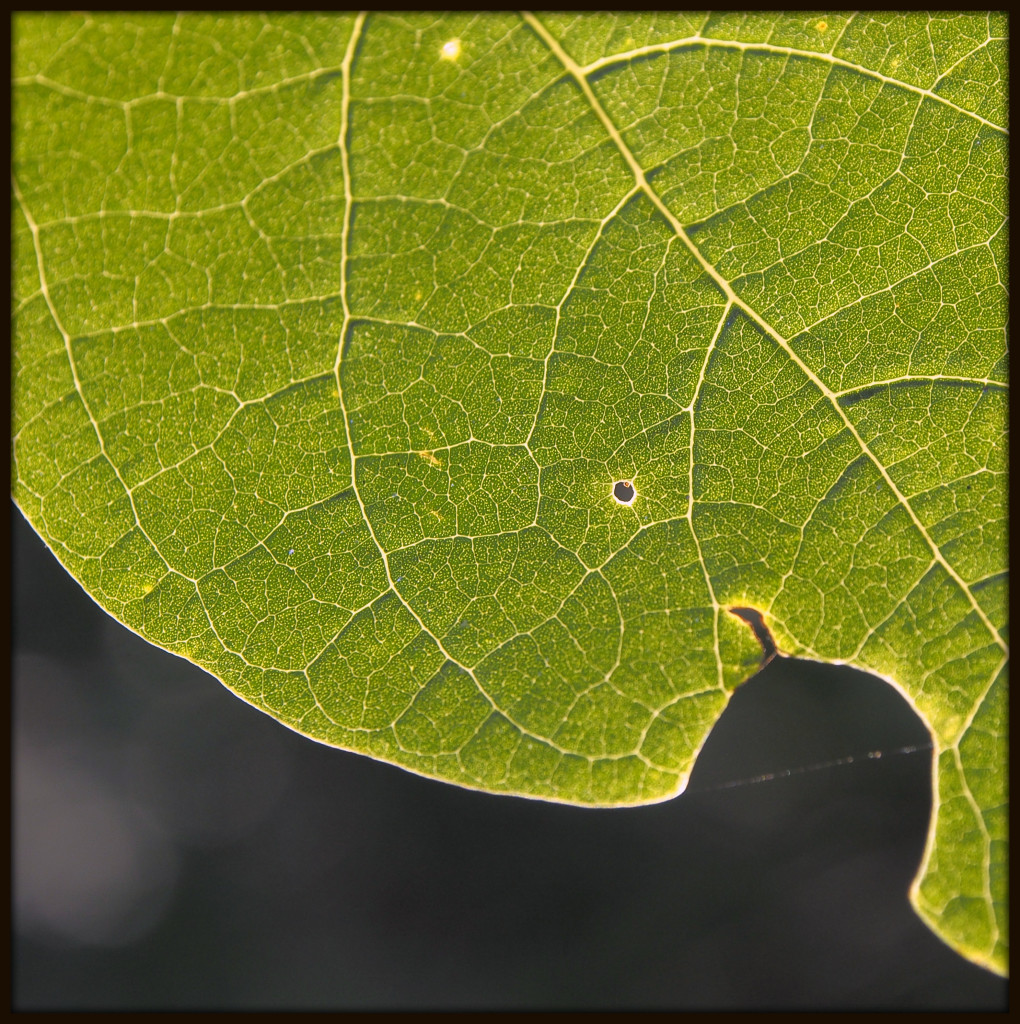On my way down Piney Woods Church Road this morning, I chanced upon this assassin bug perched on a tulip poplar leaf. We saw each other at about the same time. Every time I moved my camera close for a shot, the bug would slowly back up, then hide himself (herself?) on the other side of an available leaf or stem. The process was so slow that I was reminded of Japanese kabuki theater. I took many, many photos before I secured this crisp portrait. I have to confess that this insect looks almost cuddly, with its furry quality and dangling proboscis. The proboscis functions like a drinking straw; the bug attacks other insects, injecting toxin that dissolves their body cells, which the bug then drinks up. Sometimes appearances can be deceptive, though I still wouldn’t mind having one of these as a Gund.
With help from BugGuide folks on Facebook, I was later able to determine that this bug was most likely the nymph form of the Wheel Bug (Arilus cristatus).
